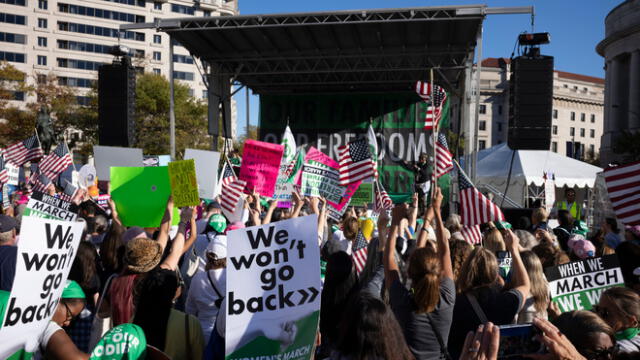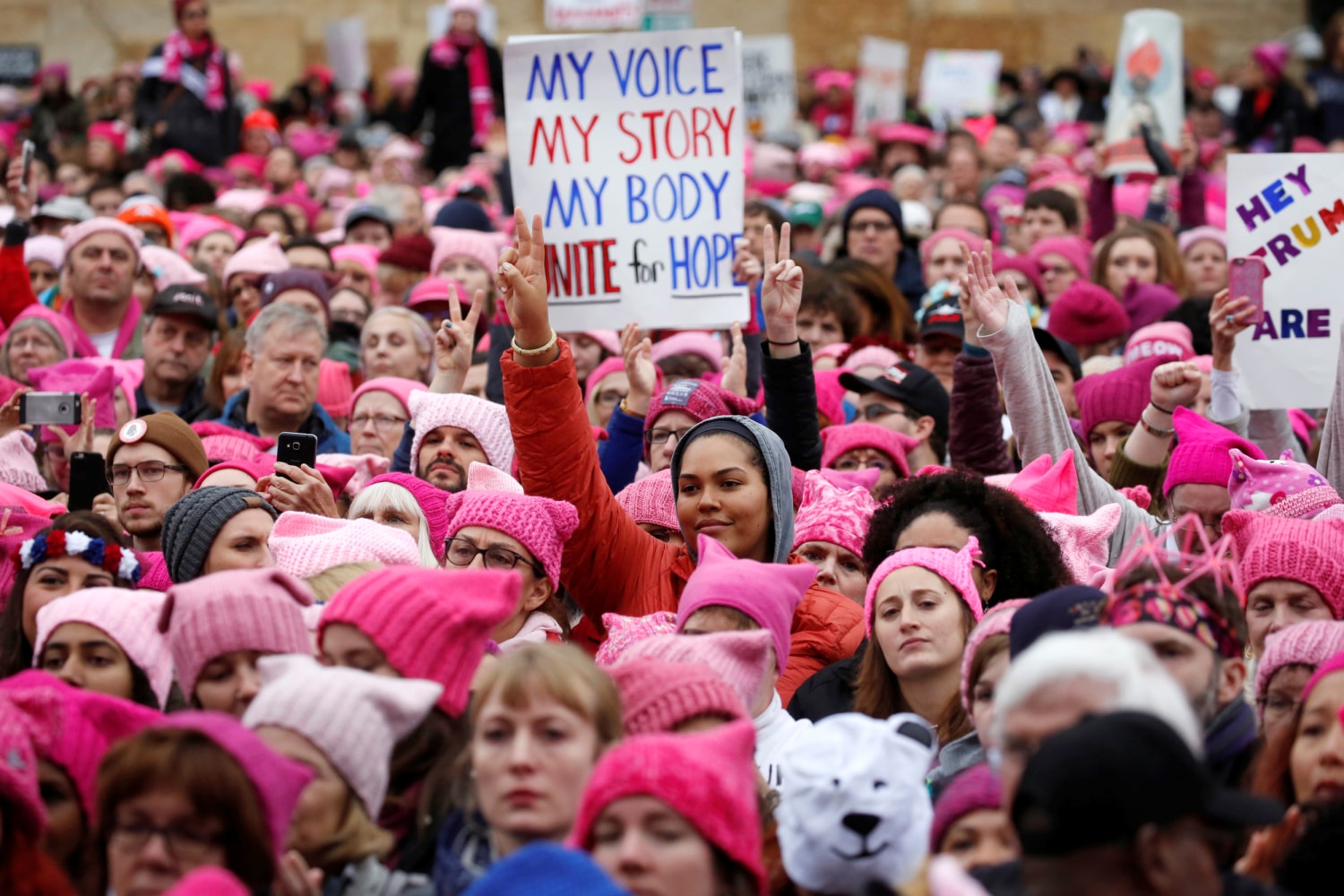Massive protests sweep Washington as Trump prepares to take office on January 20
Eight years after the first historic protest, the Women's March returns to the nation's capital this Saturday, just days before U.S. President-elect Donald Trump's inauguration.

The protest now has a new name and organization, rebranded as “The People’s March” to broaden its support base, particularly during a period of reflection for the progressive movement following Trump's decisive victory in November. The Republican will be sworn in on Monday.
Background of the march on Washington
In 2017, women outraged by Trump's 2016 presidential victory gathered in Washington and organized massive demonstrations in cities across the country. This grassroots effort laid the foundation for what became known as the Women's March. The Washington protest alone drew over 500,000 participants, while millions more joined local marches nationwide, making it one of the largest single-day protests in U.S. history.
“The reality is, it's just hard to capture lightning in a bottle,” said Tamika Middleton, director of the Women's March. “It was a very specific moment. In 2017, we hadn’t yet experienced a Trump presidency and the kind of hate and anger it represented.”
Expectations for this year
This year’s march is expected to draw about one-tenth the size of the original, and reflects a quieter period of introspection. Many progressive voters are grappling with feelings of exhaustion, disappointment, and despair following Vice President Kamala Harris’s defeat. This subdued atmosphere contrasts sharply with the passionate energy of the first march, where massive crowds marched with pink hats and voiced demands through megaphones in response to Trump’s initial election victory.

The first Women's March in 2017. Photo: Women's March this weekend comes amid controversy, with some partners now off the list - NBC News
Middleton, of the Women's March, said the goal of Saturday's event is not to achieve a massive demonstration like the one in 2017. Instead, it's about focusing attention on a broader set of issues: women's and reproductive rights, LGBTQ rights, immigration, climate and democracy, rather than centering it solely around Trump.
“We don't conceive of the march as the end goal,” Middleton said. “How do we get attendees embedded in organizations and their political households so they can continue to fight for the long haul in their communities?”
